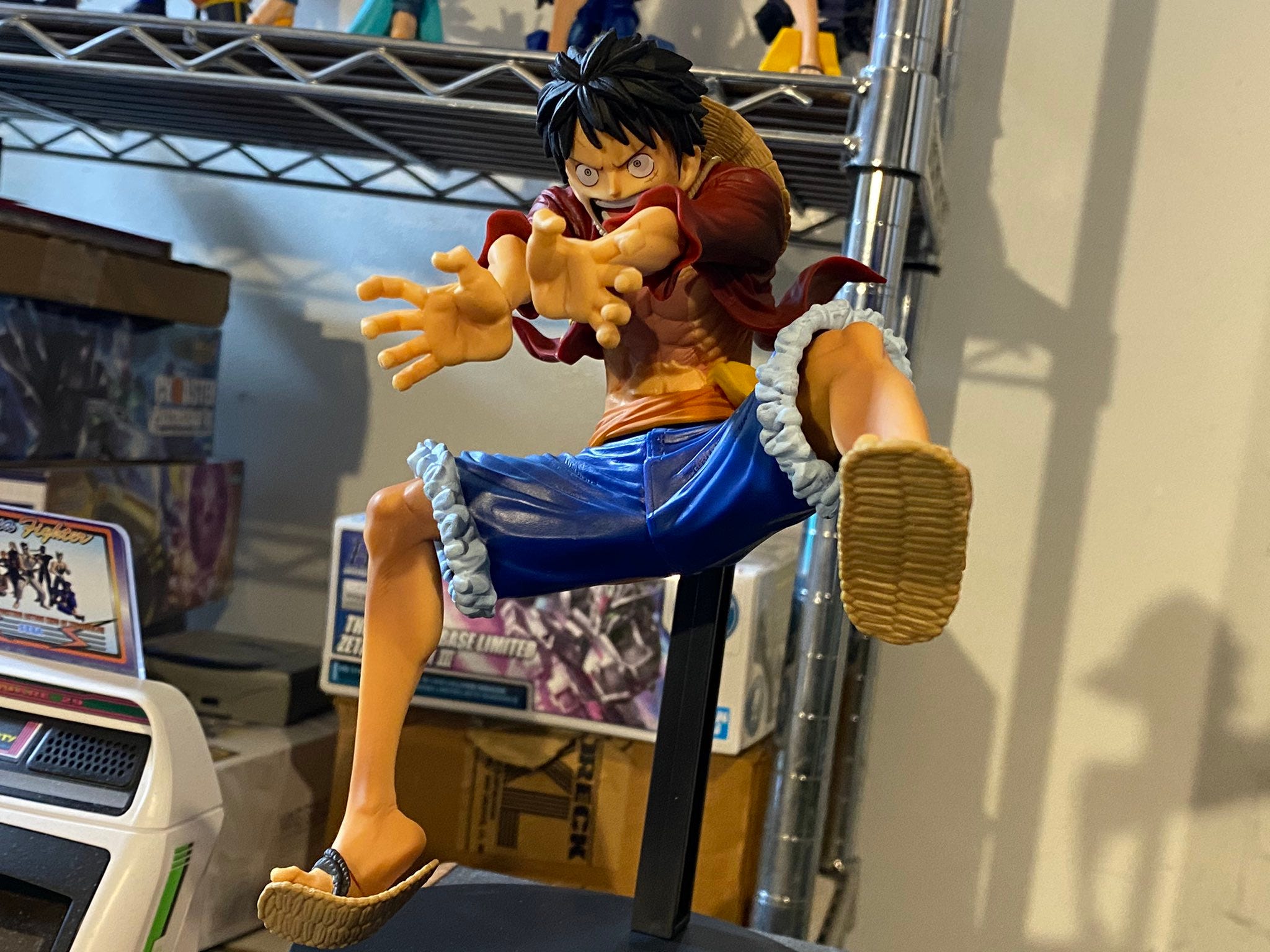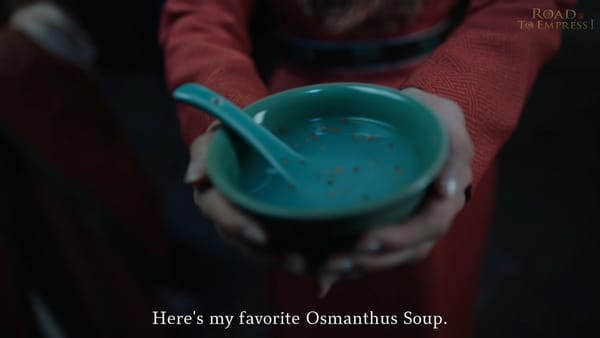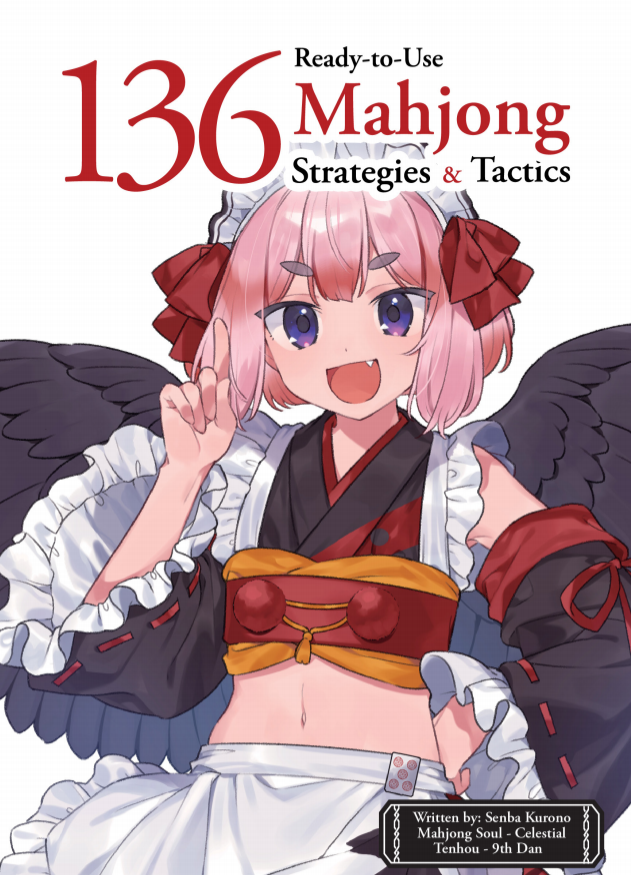I Played To Earn! - My Year On The Cranes
What I learned from a mild addiction to rigged online crane games
Content warning: though it isn’t usually described as such, we are going to be talking about gambling here. If you are uncomfortable with this subject, or you are susceptible to problem gambling yourself, please close this tab now.
I perhaps risk making this newsletter too relevant and timely, but with crypto-currency speculation and the great NFT scam both popular topics of discussion, the phase “play to earn gaming” has been going around. Game publishers and developers try to weigh how much money they can make off all these buzzwords.
Two things:
- The original “play to earn” is gambling, which is about as old as time itself.
- From the moment the first player decided that a possession in a video game was worth paying real-world money to have, we have been in the age of “play to earn” video gaming.
I believe these elements have already crashed into each other, in many sectors.
MMOs and gacha games, for example, transform our effort and time spent into tangible markers thereof, in the form of loot. Part of the value of my Monster Hunter armor set is its high attack power and synergized skills: the other part of its value is the fact that it took many hours to grind up.
Free-to-plays keep players hooked by rewarding their regular efforts with items and currency which would otherwise cost real money to obtain. Incentive, along with the resulting compulsion to play longer and harder than you normally would have, is all over modern video game design.
Anyway, what I’m trying to say here is that I got hooked on online crane machines during the 2020 COVID lockdown. I was playing to earn. I was real-money gambling. I was putting in too much time. And it was pretty much a video game.
Why crane games?
I probably started online crane games because I missed the arcade experience during COVID.
Cursed UFO catcher
— Dave@Super Robot Lifestyle (@sasuraiger) 10:49 PM ∙ Nov 9, 2018
At my Round 1 arcade, the UFO catcher floor is a communal experience, a baby casino. People gather around to watch each other dump foolish, but not life-ruining, amounts of money into battles of attrition against the machine. You can “get good” at the crane machine— I have a friend who fills up garbage bags with his spoils— but most folks, myself included, are not.
The trinket you’re after— a big plush, an anime figure— looks tantalizingly close to falling out of the machine, so over and over again, you try “one more time”. As close as the item may appear, the claw only nudges it the tiniest bit. What looks to your eyes like “one more time” is in practice more like “ten more times.”
You’re in the hole and you can’t quit, because the only thing more humiliating than spending $30 and coming away with nothing is having the person behind you in line climb over your corpse and grab that stuffed Kirby for $6. I should know; I’ve been both of those people!
There is a real human drama to it all. It’s hard not to watch, indeed to share in the player’s failures and glories as a spectator. The prizes are first, and the struggle is second.
Obviously COVID put a stop to all that. But online UFO catchers have been around for a while, offering the same experience out of lonely warehouses packed with catcher machines, webcams, and supervisors standing just off screen. It wasn’t the same, but it reminded me of what I was missing.
Most popular among these sites is probably Toreba, which has the lowest prices by far but also, a number of catches that I will get to. I spent most of my crane game time on Toreba, but I’ve also played on Japan Claw Machine and Crane Master (but not enough to judge them as services).
The Prizes
Same but it’s Bulma
— Dave@Super Robot Lifestyle (@sasuraiger) 5:56 AM ∙ Feb 16, 2021
Japanese UFO catcher prizes have come a long way in the last decade or so in terms of quality. When I was reviewing Japanese toys way back, I had a policy to not even cover prize items because I didn’t want to waste my readers’ time with low-quality junk.
Today it’s a different story. Prize statues remain shockingly cheap (you can buy them from specialty stores for around $25), but at a distance you’d be hard-pressed to tell them apart from expensive high-end PVC statues in the $100-$200 area. Of course, when you look a little closer it becomes apparent that the sculpt of the cheap statue is much less sharp, and that the smallest details aren’t quite fully realized; the Bulma picture I’ve supplied is a prime example. But then you remind yourself that this figure cost 20 bucks. Considering that price, the level of the work is still pretty impressive.
There are all kinds of items on Toreba, from candy to keychains and plushes. Toreba even sells American trinkets to its Japanese customers as novelties: yes, even the Funko variety. After winning a remote-control car and determining that it was dollar-store garbage, I decided to concentrate on getting figures.
What’s the game?

Like I said, you can easily buy (some of) these figures for $25 over at BBTS or somewhere. Sometimes, if a figure proved impossible to catch, I would. But that’s not a game anymore. What I really craved was the feeling of betting my skill— and small amounts of my money— against the crane machines. As in gambling, that’s the source of the excitement.
The “game” of Toreba is to try and win items on the crane games for less money than it would take for you to buy them over the counter.
As well as offering a limited number of free plays per day, Toreba charges roughly $2 a play for most machines. You buy credits in installments of $8-10. It’s often possible to get a prize in three or four plays, meaning you won that $25 statue for $8. But it’s less about getting a deal on a product, and more about the feeling of winning.
When I started out on Toreba, I was winning enough that I felt like I was beating the house. Maybe I could even turn a modest profit selling these figures off?
It turns out that this was just what Toreba wanted me to think.
The House Wins
It’s better if I just tell you outright: Crane games are winnable— they involve technique, even— but they’re also rigged. On a real crane machine, the operator can manually change the strength of the crane arm, which by its nature changes the difficulty of the game. Nobody tells you this: if everybody knew the tricks to the gamble, the gamble wouldn’t turn a profit. Every prize game, from UFO catchers to ticket-redemption video games, works like this.
But places like Toreba have even more power than that. Crane game websites seem impersonal and lonely, but beyond the webcam, you’re being watched. Toreba can adjust the strength of the claw in real time depending on the player, and depending on whether they are playing for free or for pay. Imagine a casino with the power to change the odds depending on whether or not a particular patron has been winning, and you begin to get the picture.
So the first time you play on a crane game site, you’re probably going to win. They let you win. They make it look easy.
the link might not work and i would really hate for you to miss out on me winning at a crane machine. that would suck!!
— Dave@Super Robot Lifestyle (@sasuraiger) 4:41 AM ∙ Aug 26, 2020
Here’s my first ever win on Toreba. Cranes don’t easily “pick up” a box the way you’d imagine as a first-time player. Here the crane’s strength is set to “strong” as opposed to the usual “weak” and it picks up the Kamen Rider with no problem.
this is how ufo catchers work in your imagination, before you play one and figure out they're rigged
— Dave@Super Robot Lifestyle (@sasuraiger) 2:49 AM ∙ Sep 20, 2021
Here’s my first ever win on J-Claw, for a stuffed Uma Musume horse-girl doll. This is what crane players see in their dreams. It just doesn’t happen this way. Just the idea that the claw picks the item all the way up and drops it; it’s preposterous! Crane machines aren’t meant to pick stuff up, they’re meant to fumble awkwardly until, by some freak accident, they let their prize go.
But that’s how the site wants you to feel; like it’s easy. It’s all diminishing returns from there, as you descend from godhood and become an ordinary player like anyone else. Win some, lose some, win some and suddenly find the claw has become suspiciously weak. This sure seems to happen a lot when you use Toreba’s generous free-play tickets; hmm, how interesting. If you look closely, you can even watch the claw go limp when you press the “free ticket” button.
【独自】オンラインでクレーンゲームが楽しめる「トレバ」。サービスの根底を覆す不正とずさんな対応が明らかになりました。
— ねとらぼ (@itm_nlab) 3:36 AM ∙ Nov 23, 2020
オンラインクレーンゲーム「トレバ」、景品獲得されそうになると“スタッフが裏操作”していたと発覚 被害者と運営会社を取材 nlab.itmedia.co.jp/nl/articles/20… @itm_nlabより
This rabbit hole goes pretty deep. (via @gosokkyu on Twitter) Toreba was caught cheating during the time that I was actively playing. They gave out a lot of free plays in response, and also tightened up their games very noticeably. Today, Toreba is harder than it ever was, and the figure selection has dried up to a desert compared to what the site was like a year ago.
Playing to Win
At first I was playing Toreba to get stuff I at least had a little interest in: I caught several excellent Luffy figures, and I’d lose ten bucks every so often trying to get the occasional Nico Robin, or maybe a Fate character.
But at a point, I began to think like a proper, profitable gambler. I only went after items that looked easily winnable, whether or not I was actually interested in them. I used a tracker website to find out which machines people were winning on and which ones they weren’t. But playing Toreba the smart way takes time, and that’s an additional investment on top of the money.
lol monster run on the ping pong ball casino
— Dave@Super Robot Lifestyle (@sasuraiger) 1:20 AM ∙ Oct 28, 2021
I started to take up the ping-pong ball machines, games of pure chance that you could win in far fewer moves than the conventional claw machines, and where the rigging didn’t apply as much. I started winning a lot more. Boxes were coming in every few weeks. Anything I didn’t want to keep, I sold at my local used bookstore for $10 a pop. At this point, my profit— or my deficit— was pretty negligible.
Somewhere in here, a bolt of lightning struck Toreba’s US operations. Dragon Ball, One Piece, and hundreds of other items from Bandai disappeared overnight. It seemed to me that Bandai might have struck anything from the site that they were also selling Stateside. When I looked up these items on the Japanese site, I quickly found that they were region-blocked. For one reason or another, they weren’t allowed to sell me that stuff anymore.
Meanwhile, Toreba’s selection was withering compared to the other, lesser-known, more expensive crane game sites. So now not only was I playing to win stuff I didn’t necessarily care about, I couldn’t even get anything from Toreba that I actually wanted. Plus I’d have to really pay up to play on the other sites ($50 a refill). This was the beginning of the end for me. The challenge was stale, and the prizes weren’t interesting to me anymore.
In my last run on the crane machines, I stopped going after items that I was actually interested in and started going after easy machines. These were my results
— Dave@Super Robot Lifestyle (@sasuraiger) 3:34 PM ∙ Nov 23, 2021
In my last run, I had some miraculous luck and got three figures on the ping-pong machines. Rem from Re:Zero in a bunny suit, Hatsune Miku dressed like a strawberry shortcake, and Leafa from Sword Art Online. Not remotely my aesthetic, but dammit, I beat the house that day! (Thanks to many players like me, Toreba is slowly moving away from ping-pong machines.)
A few weeks ago I got kinda hooked on the crane machines and even though I didn’t want it v much I was confounded by this Nami figure. Then I realized I had already spent 20 bucks trying to catch it. Reader, I bought the god damned Nami figure instead
— Dave@Super Robot Lifestyle (@sasuraiger) 7:02 PM ∙ Sep 15, 2020
So I’m pretty much done on the cranes, just as the world starts to re-open anyway. I have Played to Earn, and like an MMO gold farmer who got a better job writing a subscription e-mail newsletter (please support me!), I won’t miss it. I was just trying to kill some time during lockdown, after all.
I really don’t recommend getting into any of this yourself. Just buy the Nami figure, if you want it that much. Trust me on this, and trust me when I say that play-to-earn isn’t going to be much different on the blockchain. The house wins.



